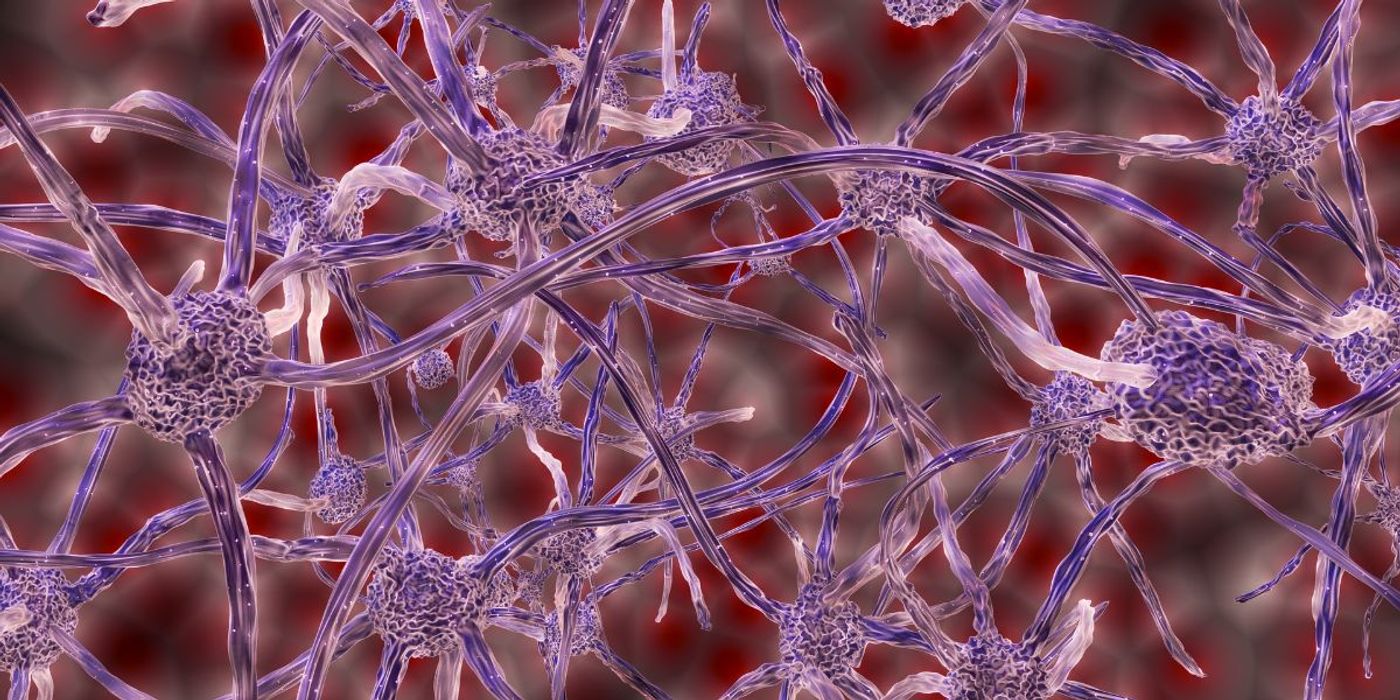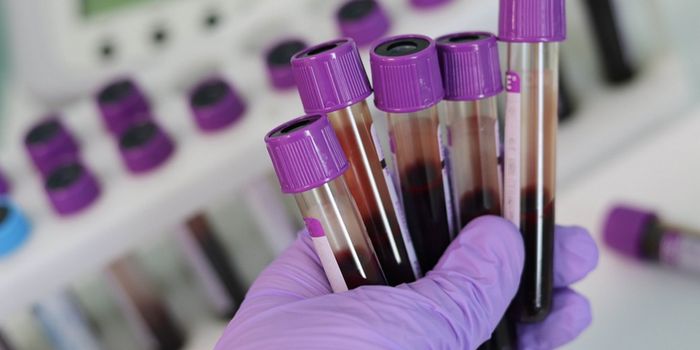New Way to Restore Fatty Myelin Sheaths on Nerve Cells
Researchers from the F.M. Kirby Neurobiology Center in the US have discovered a new approach to restore myelin sheaths, the fatty substance that surrounds nerve cells. The findings may be able to aid in the treatment of conditions linked to myelin loss, such as multiple sclerosis (MS).
Myelin coats the axon threads that make high-speed communication between neurons possible. Without it, neurons are unable to properly coordinate, leading to reduced function and conditions, including MS.
While previous research has pointed towards ways to repair damaged axons in the optic nerve, they have not been able to restore nerve function as they have not been able to remyelinate axons.
In adults, myelination is carried out by cells known as oligodendrocyte precursor cells (OPCs). When optic nerves are injured, OPCs fail to develop into cells capable of producing myelin. In the new paper, the researchers found two reasons for this.
The first reason is that OPCs in injured nerves produce a protein called GPR-17, which blocks the first step of OPC differentiation into mature cells. The second is that inflammatory cells in the injured nerves interfere with another step of OPC differentiation.
As such, after testing various compounds, the researchers discovered and tested montelukast, an anti-inflammatory used to treat asthma and seasonal allergies. In mice, they found that although the compound was able to block the development of GPR-17, axon myelination was restored in only around 15% of treated nerve cells.
To boost this percentage, the researchers then removed immune cells known as microglia (that work by removing inflammatory cells and infectious compounds from injury sites) from the damaged nerve cells with a drug known as PLX3397. By itself, the drug was able to increase remyelination in 21% of axons. When coupled with montelukasts, however, it was able to remyelinate 60% of damaged axons.
While the mice in this study did not have MS, the researchers are optimistic that this mechanism could be transferred over to treat the condition too. This comes especially as prior to this method, no other MS treatments were able to rebuild myelin sheaths.
“It is similar to what we see in the optic nerve after injury, “says Zhigang He, one of the authors of the study. “Both suffer from myelination failure so we believe our results could have some implications for new MS treatments, particularly for progressing MS.”
Sources: Neuroscience News, Neuron
-
APR 17, 2024Cannabis Sciences Virtual Event Series 2024
-
APR 30, 2024Immuno-Oncology Virtual Event Series 2024
-
MAY 07, 20243rd International Biosecurity Virtual Symposium
- See More


















































